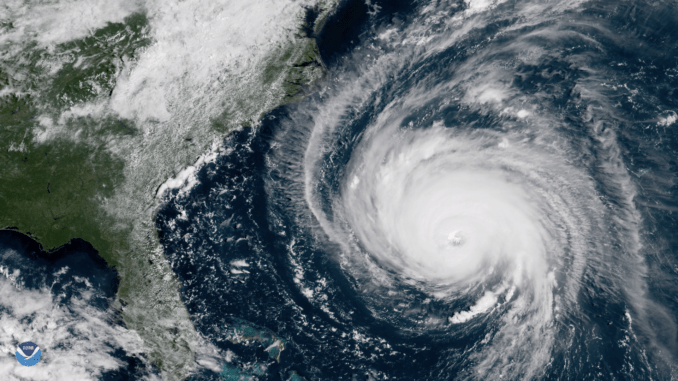
Florence and Michael won’t ever return to the Atlantic Basin.
On Wednesday, the World Meteorological Organization’s Region IV Hurricane Committee, which includes NOAA’s National Hurricane Center, retired the names of the deadly hurricanes from the six-year cycle.
Both storms wreaked havoc from Florida to Virginia last year, with Florence turning out to be one of the most deadly and destructive hurricanes to ever hit North Carolina.
Storm names are retired if they were so deadly or destructive that the future use of the name would be insensitive – otherwise, names are reused every six years.
The committee also selected the replacement names for Florence and Michael as Francine and Milton, respectively, NOAA said in a news release. The new names will first appear in the 2024 list of storm names.
Including these Florence and Michael, 88 names have been retired from the Atlantic basin list since 1953, when storms began to be named. The 2005 hurricane season has the most retired names – five – for one season.
Hurricane Florence, one of the deadliest and costliest hurricanes to ever hit the Carolinas, made landfall near Wrightsville Beach on Sept. 14 and moved slowly inland with heavy rain, storm surge and record flooding. It caused at least 51 deaths and produced extensive flooding across much of the Carolinas and Virginia.
The storm spared by Outer Banks by a difference of only 50 miles or so, prompting mandatory evacuations and leaving parts of Hyde County, Ocracoke and Cape Lookout with some damage.
Then on Oct. 10, Hurricane Michael made landfall near Mexico Beach, Florida, the third most intense hurricane to make landfall in the contiguous U.S. based on central pressure, and the fourth most intense based on wind speed.
It was also the most intense hurricane on record to make landfall along the Florida Panhandle, where it caused widespread devastation and farther inland across Georgia, the Carolinas, and Virginia.
There were at least 45 fatalities blamed on the storm in the United States.
In the Outer Banks, the storm produced sound side flooding and property damage.
